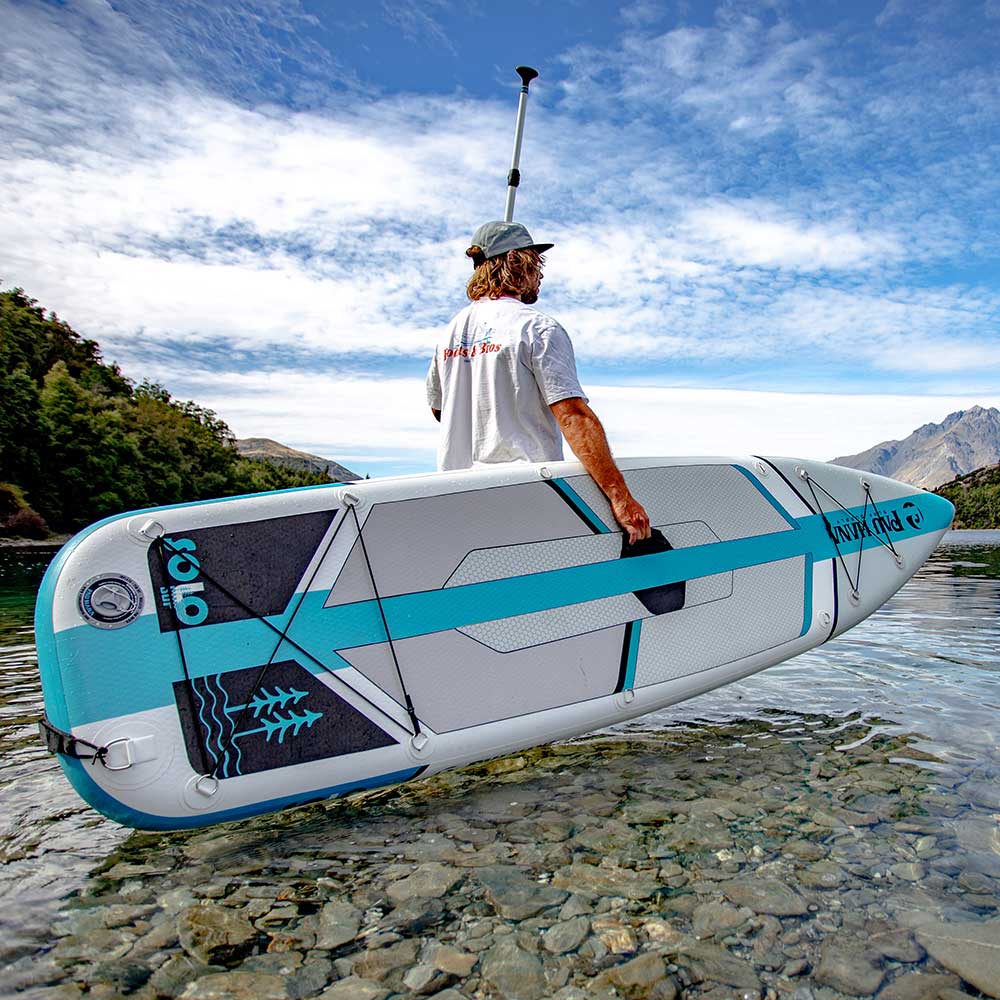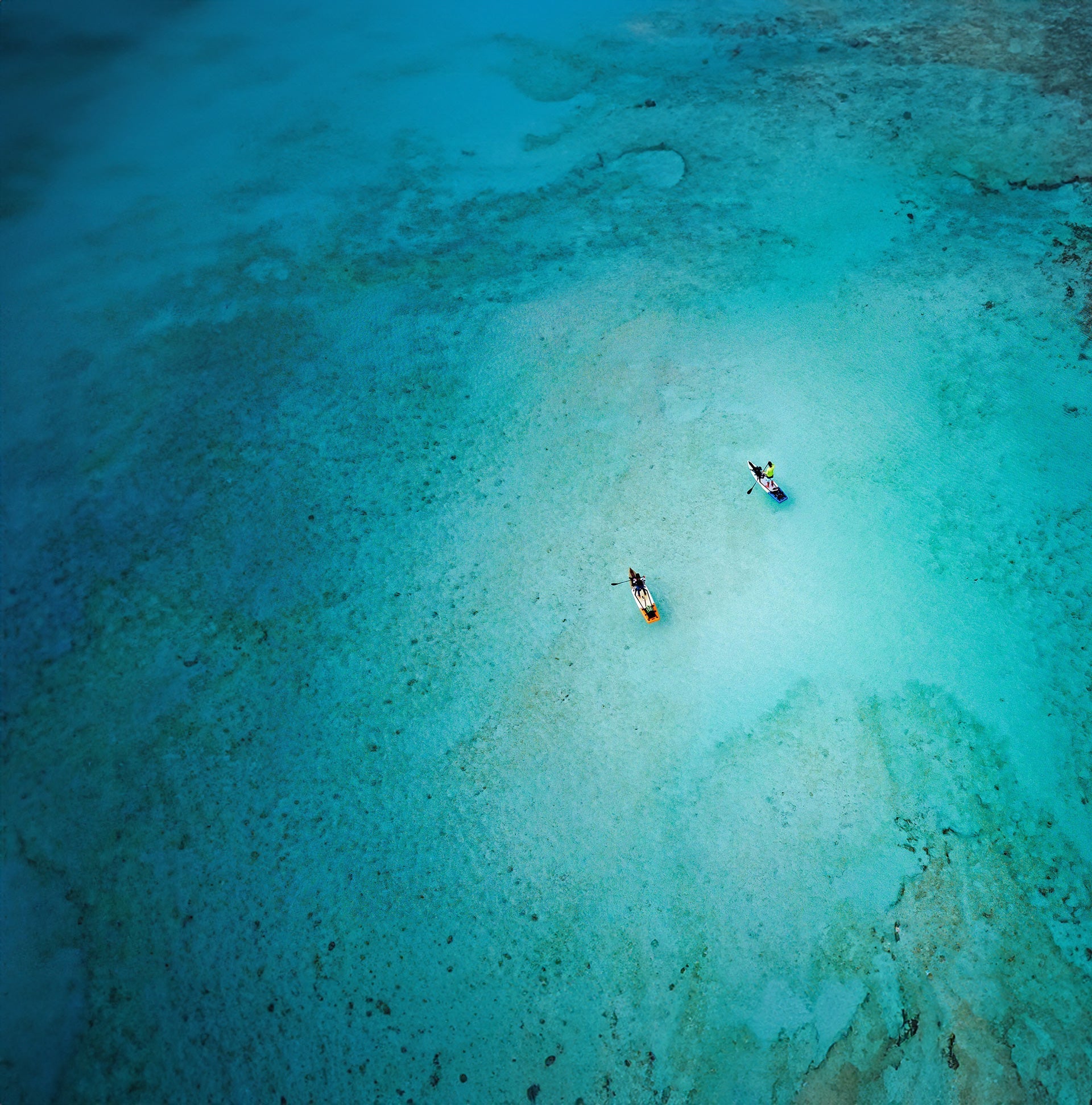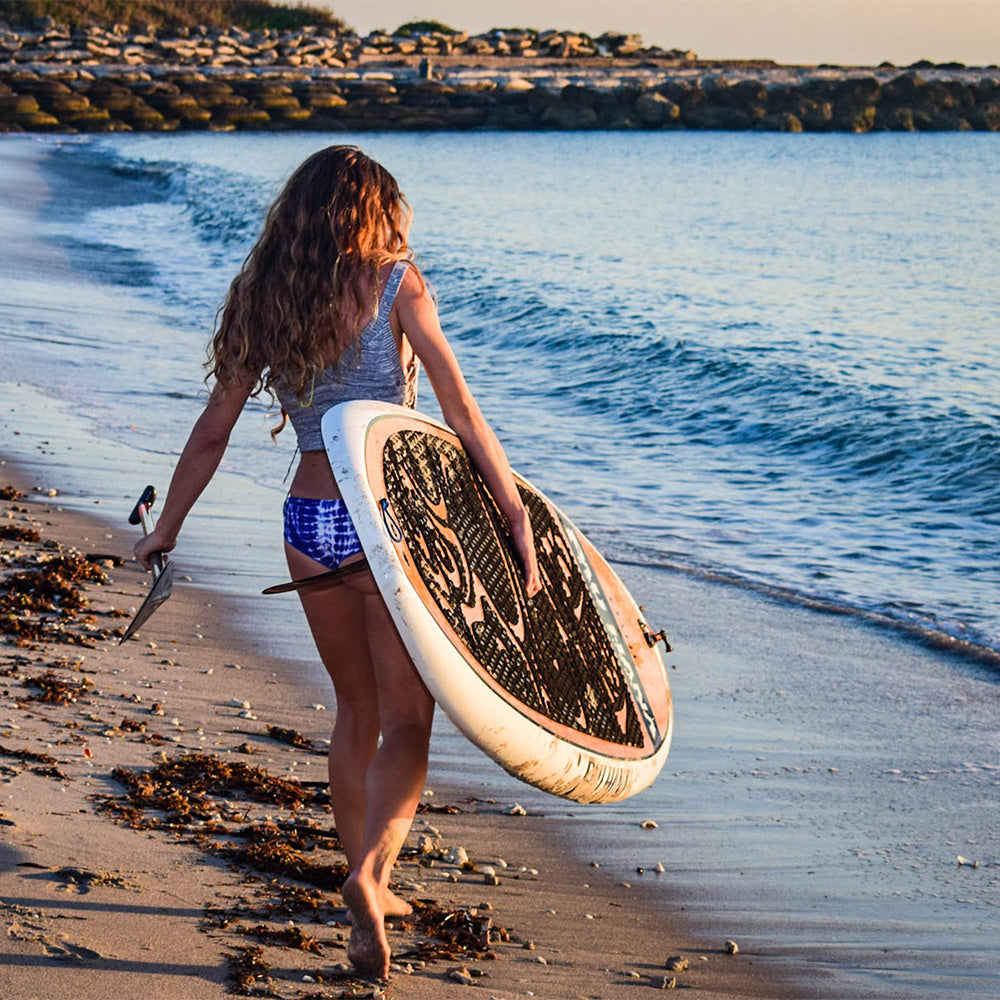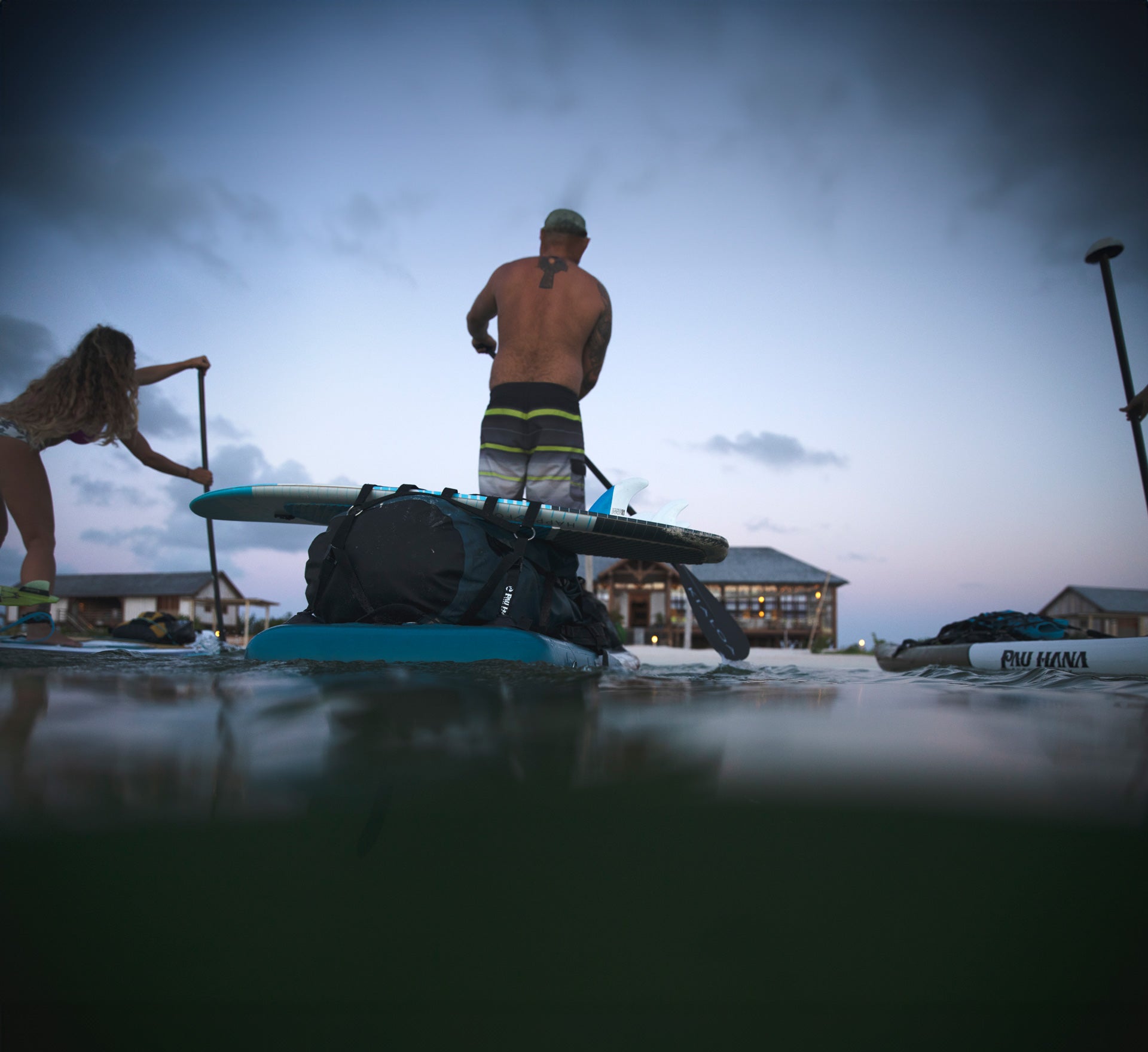5 Essential Reasons for Your Safety
Paddleboarding is a fun and exciting water activity that has been growing in popularity in recent years. However, as with any water activity, safety should be a top priority. One essential piece of safety equipment that every paddleboarder should have is a personal flotation device (PFD).
A PFD, also known as a life jacket or buoyancy aid, is a vital piece of safety equipment that can help prevent drowning in the event of an accident. It works by providing buoyancy and keeping the wearer afloat in the water. This is particularly important for beginners who are still learning the ropes of paddleboarding.
One of the main reasons why PFDs are essential for learning to paddleboard is because they can help beginners feel more confident and comfortable on the water. Paddleboarding can be a bit intimidating for newbies, and wearing a PFD can provide a sense of security and peace of mind. Knowing that they have a safety device on hand can help beginners feel more relaxed and focus on learning proper technique and form.
Types of PFD
There are many different types of PFDs available on the market, each with its own set of features and benefits. When choosing a PFD for paddleboarding, it's important to look for one that is comfortable, fits well, and provides adequate buoyancy. Here are a few examples of PFDs that are well-suited for paddleboarding:
- Inflatable PFDs: These PFDs are lightweight, compact, and easy to wear. They are designed to be inflated manually or automatically in the event of an emergency. Inflatable PFDs are a good choice for paddleboarders who want to minimize bulk and maximize freedom of movement.
- Foam PFDs: These PFDs are made from foam and are designed to provide maximum buoyancy. They are a good choice for paddleboarders who want a PFD that is easy to put on and take off.
How to choose a PFD
When choosing a PFD for paddleboarding, it is important to consider the following:
- Buoyancy: The minimum buoyancy requirement for paddleboarding is 15.5 pounds. However, it is recommended to choose a PFD with more buoyancy for added safety.
- Fit: A PFD should fit snugly around the torso to ensure that it does not ride up when in the water. It should also be adjustable to accommodate different body types. You should try on different PFDs to find the one that fits you best.
- Comfort: Choose a PFD that is comfortable to wear for extended periods. Look for features such as padded straps, a low-profile design, and mesh panels for ventilation.
- Visibility: Choose a PFD that is brightly colored or has reflective tape to increase visibility in the water.
Benefits of Wearing a PFD While Paddleboarding
Wearing a PFD while paddleboarding has numerous benefits, including:
- Safety A PFD can save your life in case of an emergency. It helps you stay afloat and conserves energy while waiting for rescue teams to arrive.
- Legal Requirement In many places, wearing a PFD while paddleboarding is a legal requirement. You could face fines or other penalties if you do not wear a PFD while paddleboarding.
- Peace of Mind Wearing a PFD gives you peace of mind while paddleboarding. You can focus on enjoying the activity without worrying about your safety.
Safety Tips
In addition to wearing a PFD, there are other safety tips that beginner paddleboarders should keep in mind. Here are a few:
- Always wear a leash: A leash is a cord that attaches to your ankle or calf and to the paddleboard. It helps prevent the board from drifting away from you if you fall off. This is especially important in windy or choppy conditions.
- Know your limits: Don't try to tackle water conditions or distances that are beyond your skill level. Start with calm, flat water and gradually work your way up to more challenging conditions.
- Check the weather: Always check the weather forecast before heading out on the water. Avoid paddleboarding in storms, high winds, or other hazardous conditions.
- Use proper technique: Proper technique and form can help prevent injury and improve your overall paddleboarding experience. Take a lesson from a certified instructor to learn the basics.
- Bring a buddy: Paddleboarding is more fun (and safer) with a friend. Bring a buddy along and keep an eye out for each other.
In conclusion, PFDs are an essential piece of safety equipment for beginner paddleboarders. They provide buoyancy and a sense of security, which can help beginners feel more confident and comfortable on the water. When choosing a PFD, look for one that is comfortable, fits well, and provides adequate buoyancy. In addition to wearing a PFD, be sure to follow other safety tips like wearing a leash, knowing your limits, and using proper technique. By taking these precautions, you can enjoy all the fun and excitement of paddleboarding while staying safe and secure on the water.
Here are five of the best PFDs on the market for stand-up paddleboarding:
1. NRS Zephyr Inflatable PFD - This belt-pack inflatable PFD is designed to be comfortable and lightweight, making it an excellent choice for stand-up paddleboarding. It can be worn around the waist like a fanny pack and has an adjustable waist belt and shoulder straps, ensuring a secure and customized fit.
2. Kokatat Proteus Life Vest - This Type III PFD is designed specifically for paddleboarding and kayaking. It features a low-profile design, adjustable shoulder straps, and multiple pockets for storing essentials like snacks and a phone. The Kokatat PROTEUS is also made with high-quality materials and is built to last.
3. Astral Airbelt 2.0 - This belt-pack inflatable PFD is another great option for stand-up paddleboarding. It features a lightweight and compact design that won't get in the way, and it is easy to deploy in case of an emergency. The Astral Airbelt 2.0 is also adjustable and can fit a wide range of body types.
4. Astral E-YTV - This Type V PFD is designed specifically for stand-up paddleboarding and other similar activities. It features a lightweight and comfortable design with adjustable straps and multiple pockets. The Astral E-YTV also offers a high level of buoyancy, making it an excellent choice for rough water and challenging conditions.
5. NRS Ninja PFD - This Type III PFD is designed for paddling and features a low-profile design that won't restrict movement. It is made with high-quality materials and has multiple pockets for storing essentials.









